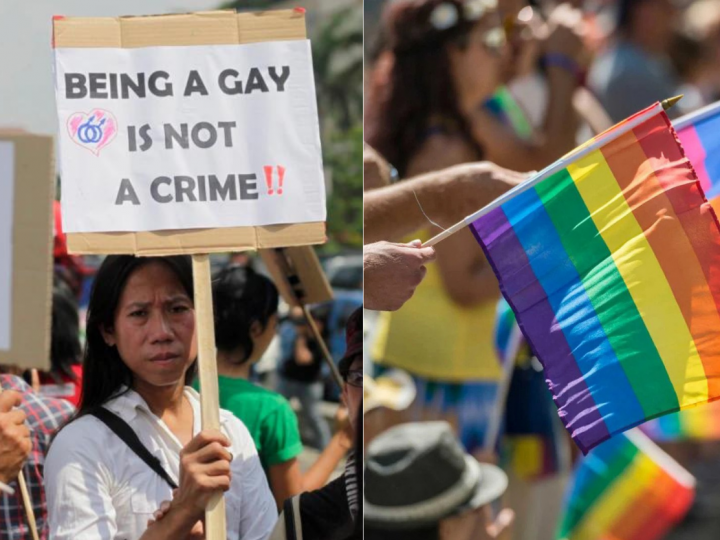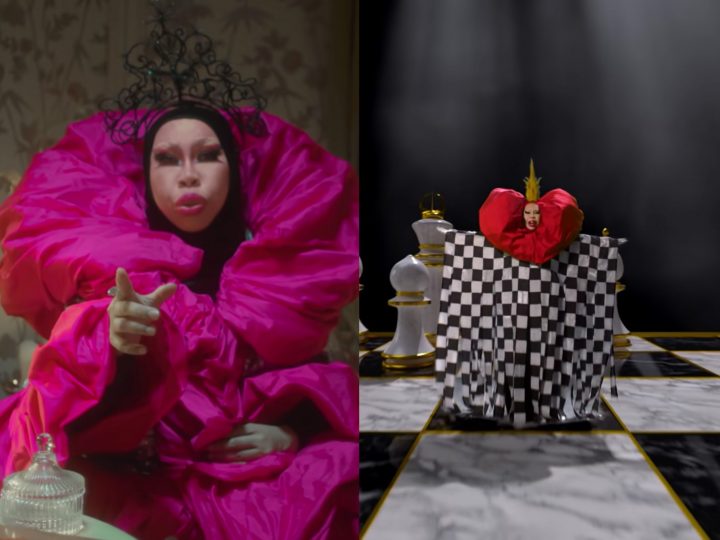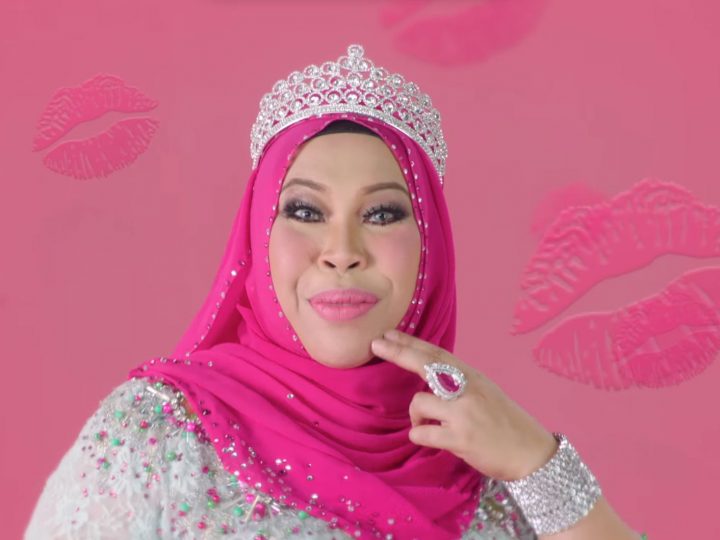M’sians Have Forgotten About Drag Queens: Celebrating Inang, The Most Iconic Role in Malay Theatre
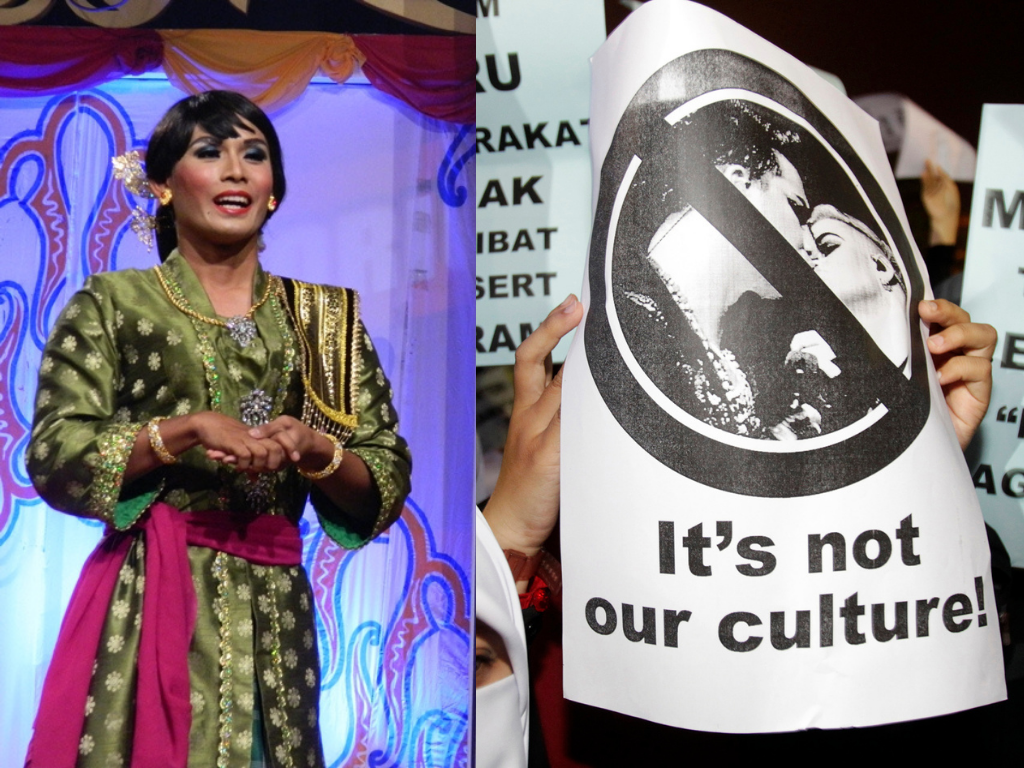 Thirsty for JUICE content? Quench your cravings on our Instagram, TikTok and WhatsApp
Thirsty for JUICE content? Quench your cravings on our Instagram, TikTok and WhatsApp
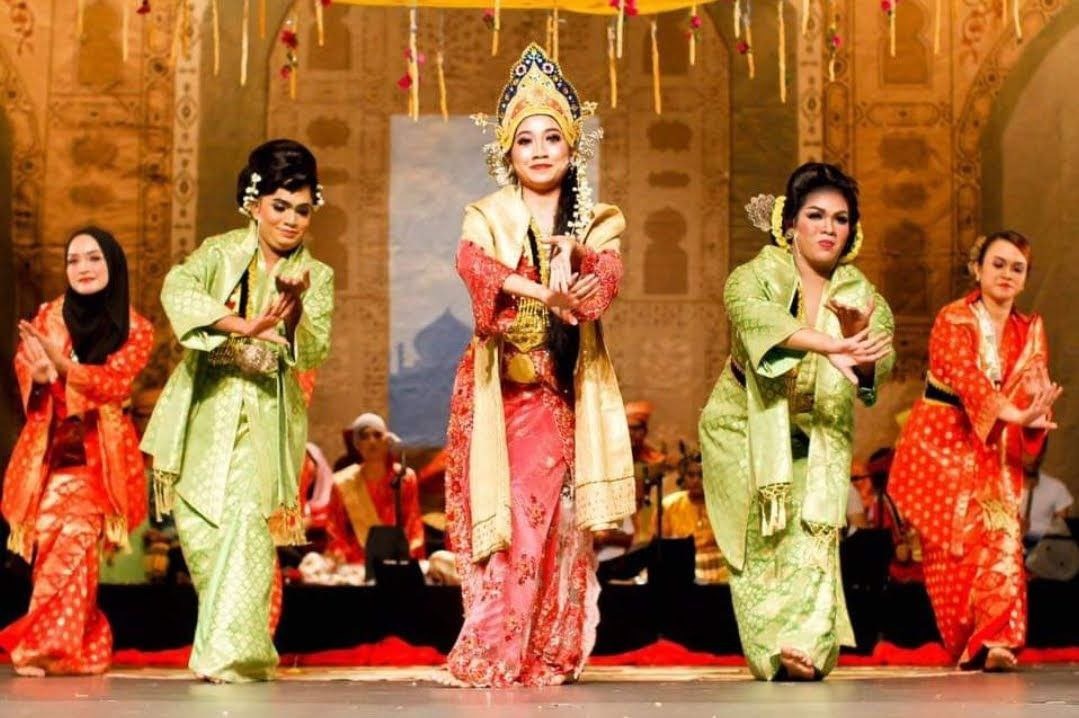
Just a month ago, Dato Seri Vida posted her latest Muah Muah Raya music video that caused the country to flip itself upside down. The main cause? DRAG QUEENS!
Many were not surprised by Malaysians’ reaction to the video. While there were supporters praising its creativity and cunty fashion, it did receive backlash as well. We are a conservative country after all.
However, what captured our attention was one particular rising actor’s reaction towards the video…
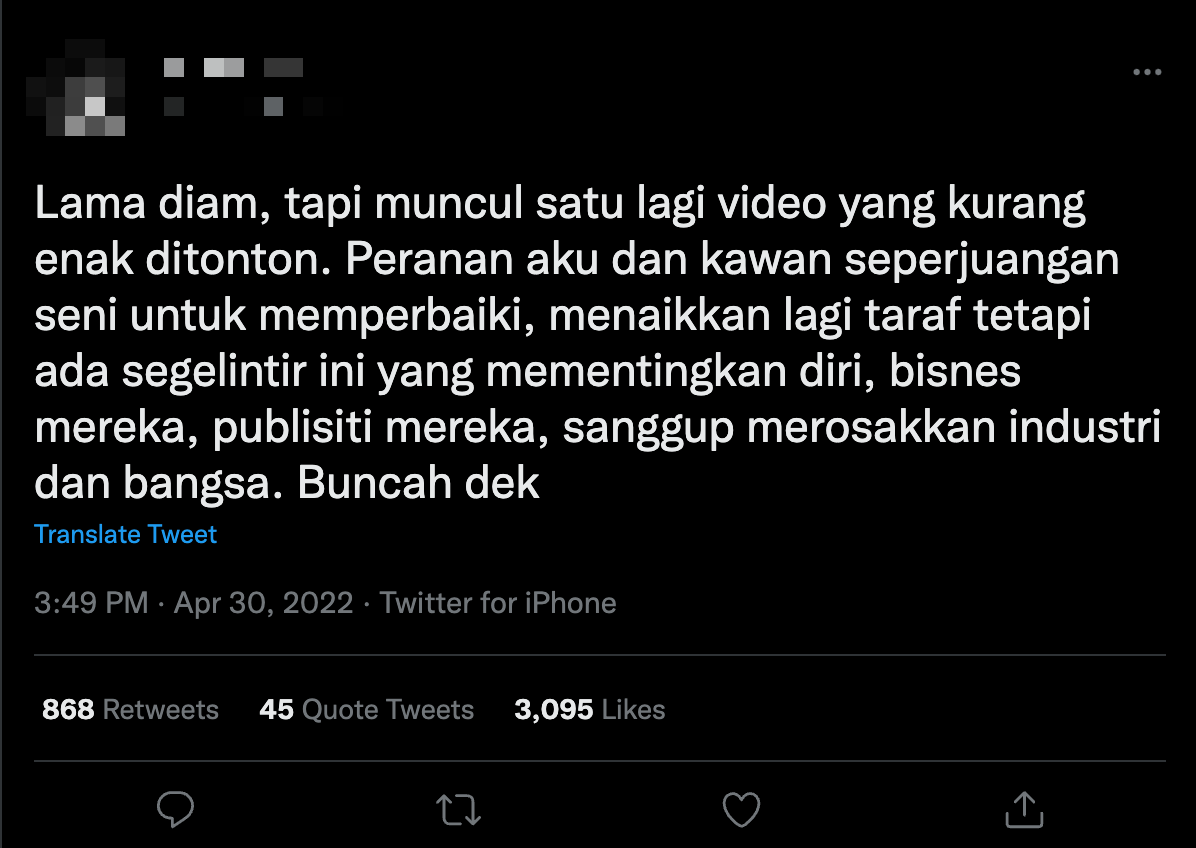
![]()
“Me and my fellow artist friends’ role is to improve and better the industry yet there are those who only put themselves, their businesses, and their publicity first until they are willing to tarnish our industry and nation.
“Don’t think that just because you have money you can do whatever you want, don’t think that just because your (social) status is high, respect for you is also high. Respect cannot be brought with money.” said the actor.
The rising “seniman” expressed frustration after watching the video and created a Twitter thread that ended with him asking DSV to “level up her standard.”
However, by expressing his disdain, he simultaneously highlighted his lack of education on Malaysia’s theatre history, which can be seen as ironic since he claims to be a child of the arts constantly.
But it isn’t entirely the actor’s fault.
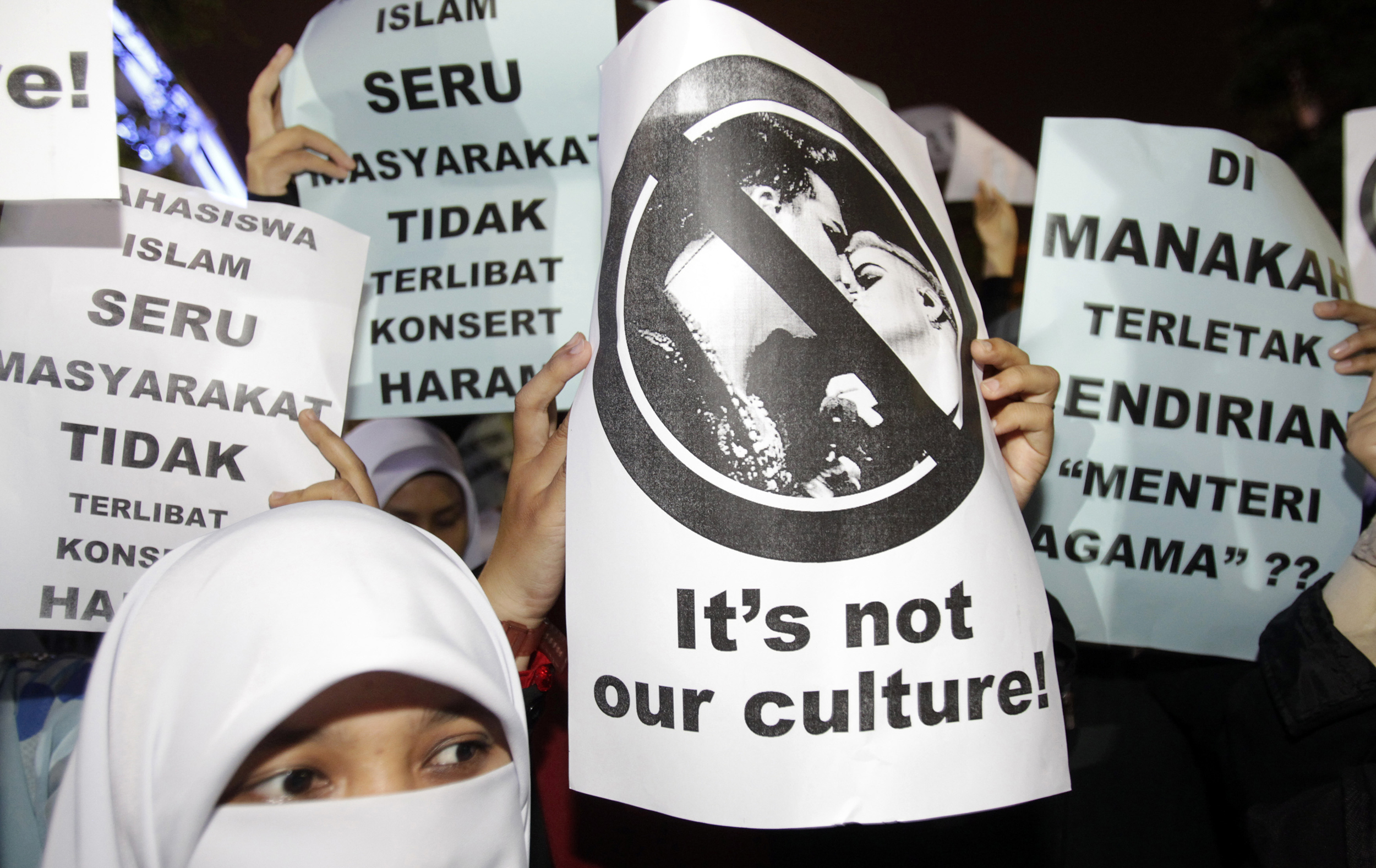
Decades of Islamisation and oppression towards the LGBTQ community have made Malaysians unappreciative of our own traditional art, which even led to some labelling the art we used to do as distasteful.
This coupled with the declining amount of art graduates amongst the new wave of Malaysian actors and actresses will naturally lead to some ignorant comments as illustrated by the screenshots above.
In honour of Pride month, JUICE will be highlighting the traditional theatre of Mek Mulung and how we celebrated drag queen performers back in the day.
What is Mek Mulung?
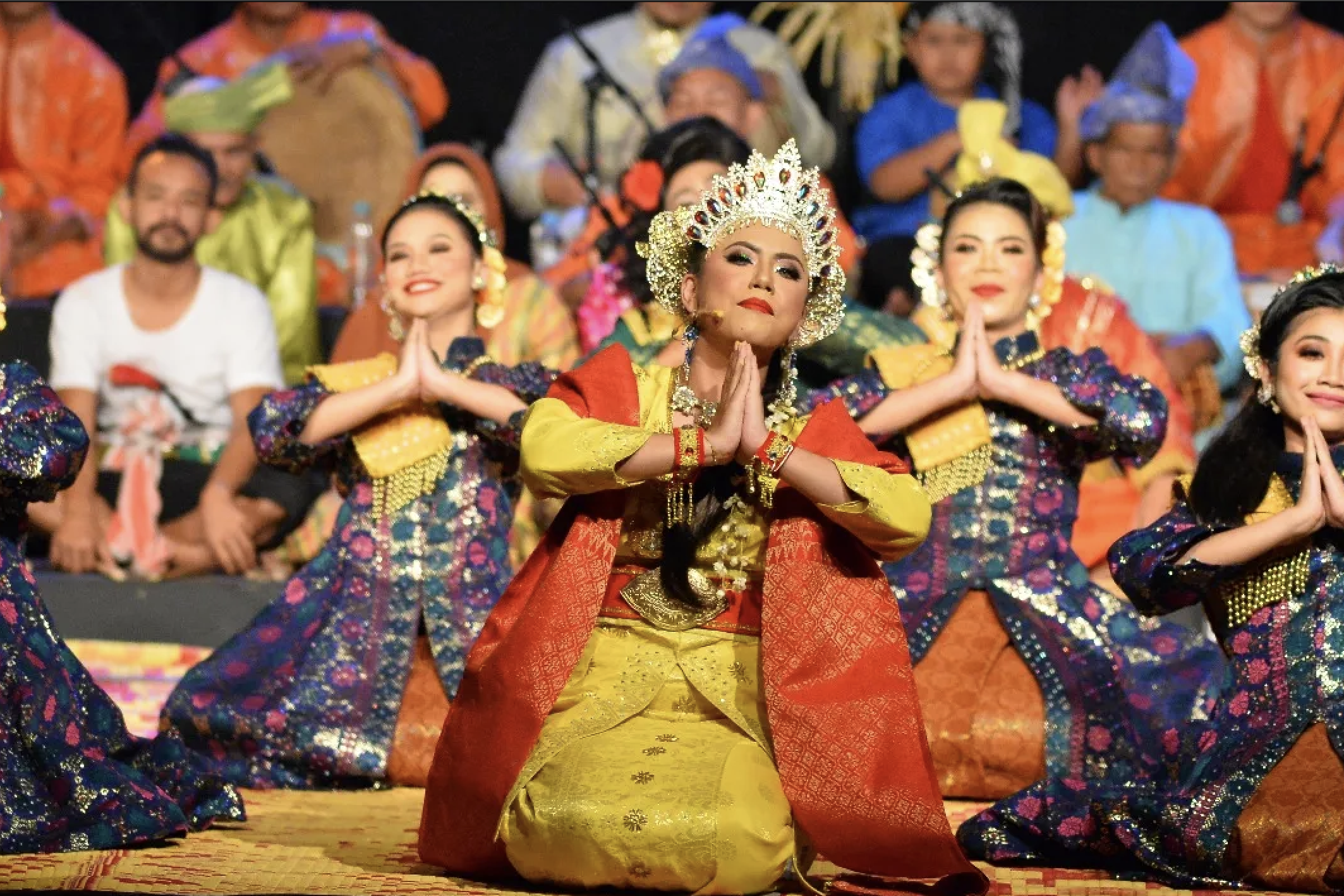
Mek Mulung is a traditional Malay theatre that was originally from Kedah.
This performance blends acting, singing, dancing, and music into one highly amusing and usually comedic show.
This performance is done with actors improvising the script from top to bottom while they also perform beautiful repertoires like Burung Odang and Timang Welu.
Two years ago, the Ministry of Tourism, Arts and Culture (MoTAC) submitted this sacred Malay theatre to UNESCO to be certified as a cultural heritage performance.
There are a few different storylines within the Mek Mulung universe, but the story mostly revolves around saving a damsel in distress, like the plot in Lakhon Dewa Muda as well as Putera Cahaya Bulan.
What usually captures the attention of the audience, however, is the character Inang.
What does this have to do with drag queens?
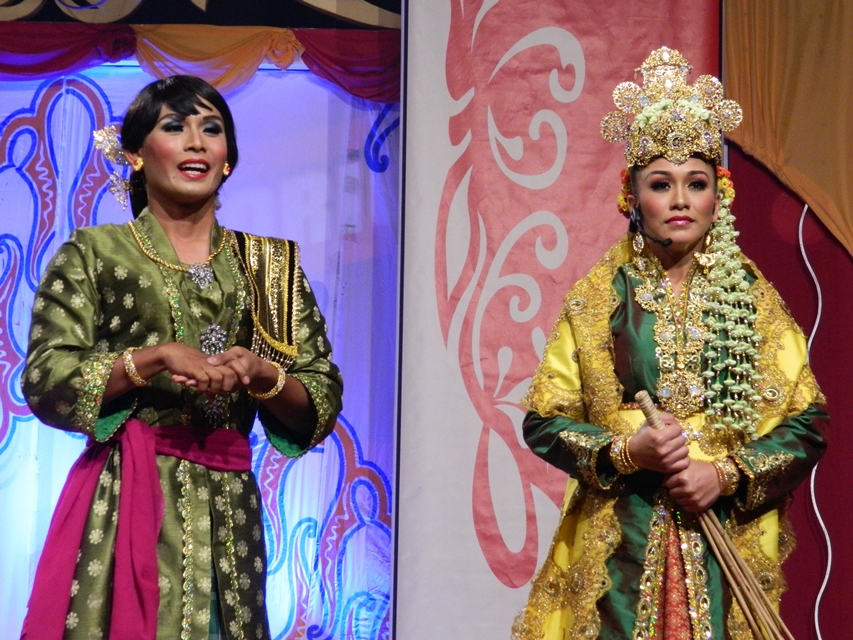
Inang is always seen walking with and helping the Puteri (princess) with her daily tasks.
There are two different Inang characters: Inang Muda and Inang Tua. These two would always style a beautiful kebaya matched with a clean bun, traditional jewellery, and sometimes a paper umbrella or fan.
Inang is a drag queen character who, you guessed it, is usually the one delivering the most iconic punchlines.
For decades, drag queens played the role of Inang for the purpose of entertaining the crowd, making the crowd laugh, and making the story feel light.
It is crucial for Inang to be played by drag queens, as back in the day, people would line up to woo the dolls onstage!
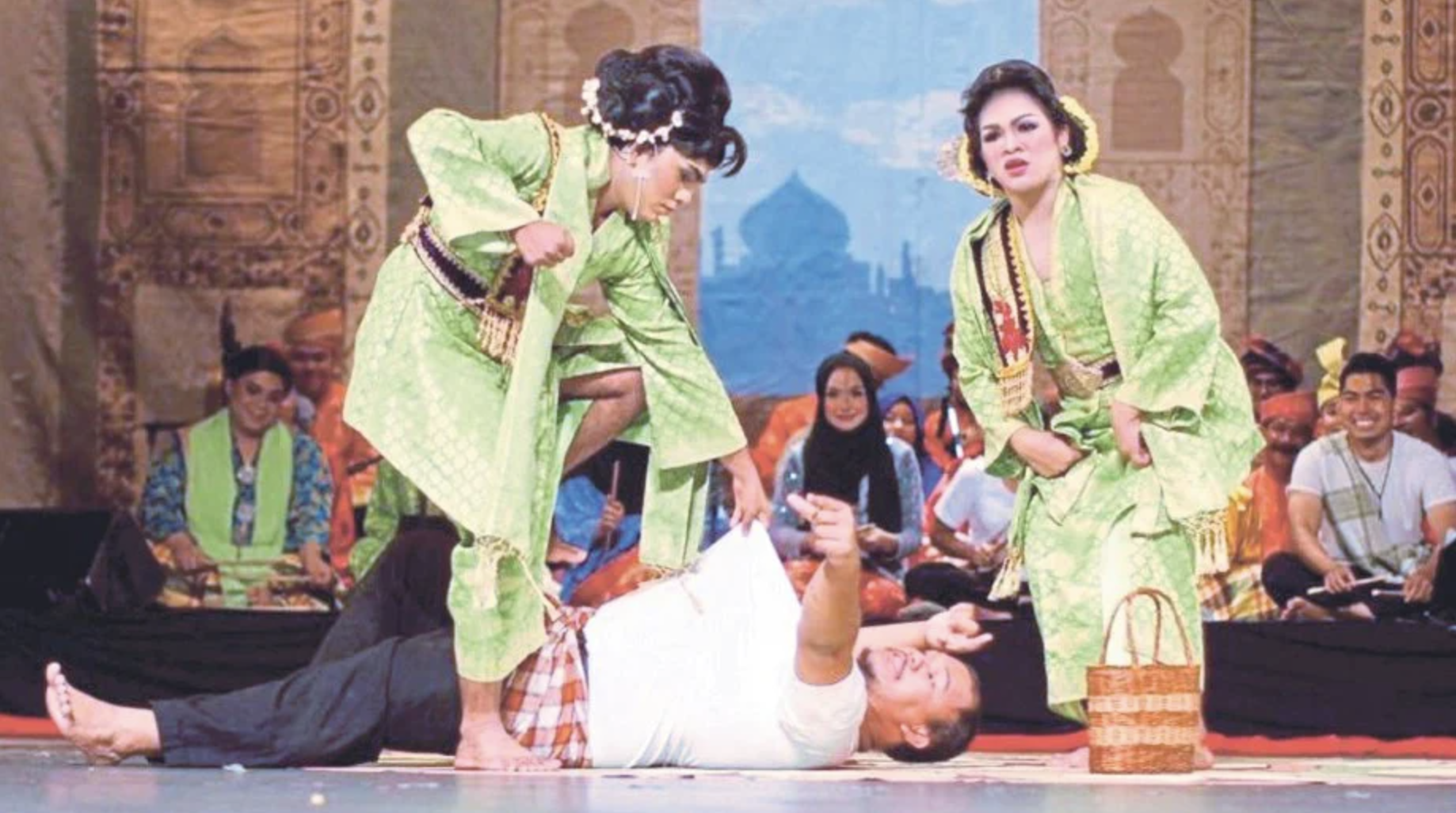
What’s interesting is that the character Inang is just like the drag queens in DSV’s music video.
Their existence is to deliver funny moves and showcase impressive twirls and gags.
The only difference is that now we are completely against any LGBTQ representation, unlike our ancestors who were accepting and loving of the community.
One good thing is that the tradition of Inang being played by drag queens still lives on to this day, although there aren’t many Mek Mulung showcases anymore. Mek Mulung is not completely forgotten academically as well, some local institutions offer courses on the art form although it is taught with cultural relevance in mind and without addressing any LGBT leanings.
Unfortunately, many do not know about the existence of this legendary drag queen role in our traditional theatre. Hence, our very own new generation of artists are against drag queens in general.

Just like the rest of the world today, our ancestors treated drag as a form of art because they knew no one else could play the role just as well.
Besides Mek Mulung, the traditional Kelantanese theatre, Makyong (sometimes spelled as makyung), consisted of women playing drag kings on stage. That article is coming next – wink!
In short, this proves that queer people will always have a place in our art community, whether the lesser educated like it or not.
If you are against drag queens and asking DSV to level up her standards, you might as well spit on the grave of actual iconic senimans before you.
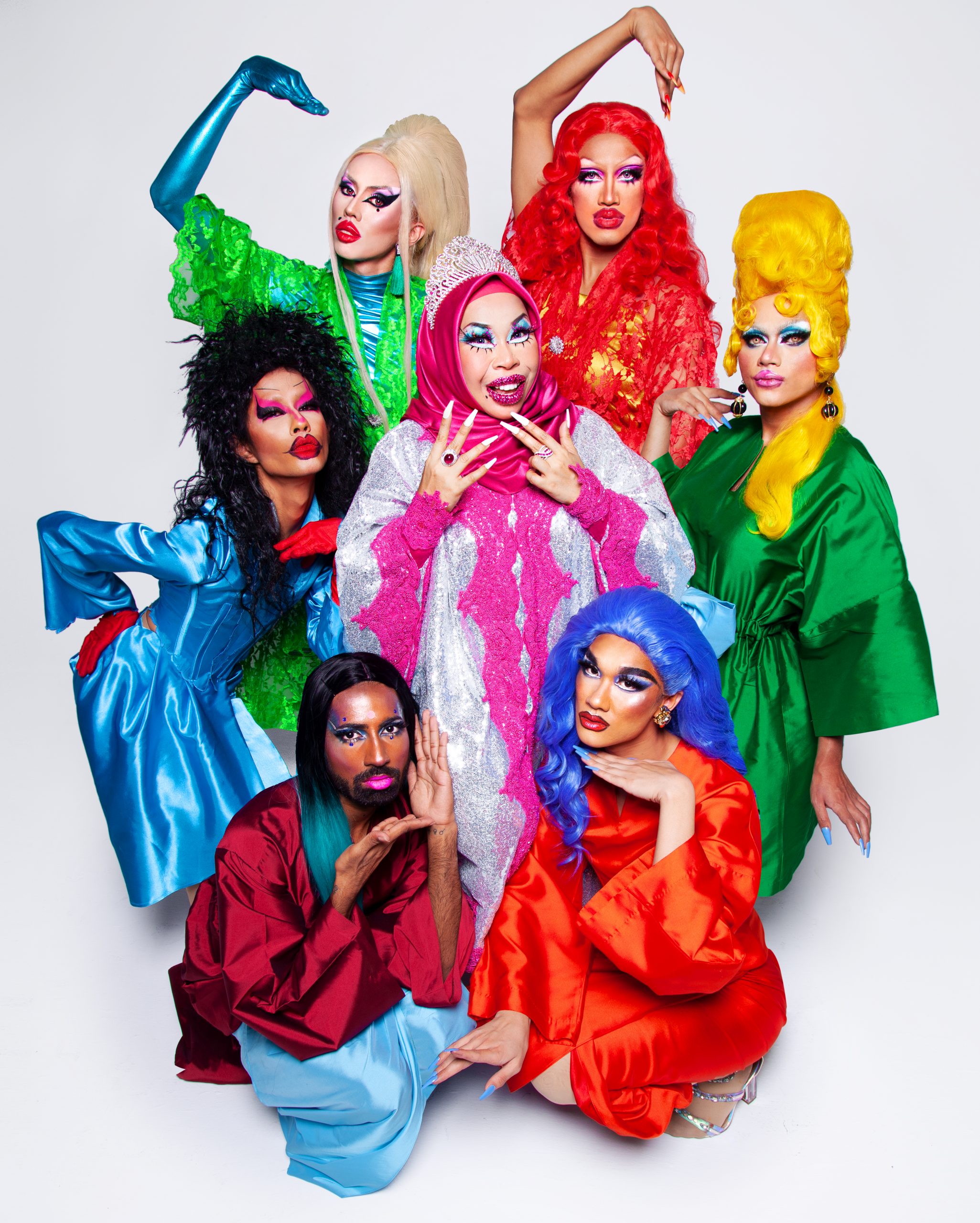
Queer artists deserve to take up space just as much as these rising actors and actresses do.
To each and every Malaysian drag queen in existence, shantay you stay!


 Get Audio+
Get Audio+ Hot FM
Hot FM Kool 101
Kool 101 Eight FM
Eight FM Fly FM
Fly FM Molek FM
Molek FM